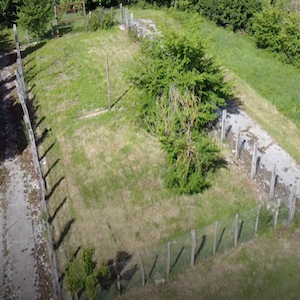 Smart Citations
Smart CitationsSee how this article has been cited at scite.ai
scite shows how a scientific paper has been cited by providing the context of the citation, a classification describing whether it supports, mentions, or contrasts the cited claim, and a label indicating in which section the citation was made.
Wild boar captured in a large corral-style trap or hunted: preliminary comparison of meat quality traits
The management and numerical control of wild boars mainly depend on hunting practices, even if other alternative strategies such as the use of traps and cages can be adopted. There is little information available on the quality of captured wild boar meat. The aim of this study was to evaluate the meat quality of wild boars captured with a large corral-style trap compared to still hunting and collective hunting methods. Longissimus dorsi samples were collected from 60 wild boars, 20 of which were obtained by trapping, 20 by still hunting, and 20 by collective hunting. The animals considered were 32 males and 28 females, weighing between 42 and 68 kg. Muscle pH has been recorded at 1, 24, and 48 hours post-mortem. Furthermore, after 24 hours, color, drip loss, cooking loss, and Warner-Bratzler shear force were also evaluated. Trapping with large enclosures such as corral-style traps, if properly managed, does not seem to adversely affect the quality traits of wild boar meat, which were found to be like those obtained by the still hunting method.
Downloads
How to Cite

This work is licensed under a Creative Commons Attribution-NonCommercial 4.0 International License.
PAGEPress has chosen to apply the Creative Commons Attribution NonCommercial 4.0 International License (CC BY-NC 4.0) to all manuscripts to be published.

 https://doi.org/10.4081/ijfs.2023.11618
https://doi.org/10.4081/ijfs.2023.11618





